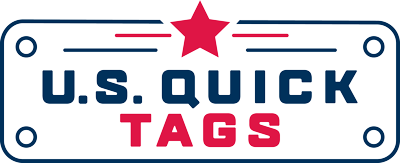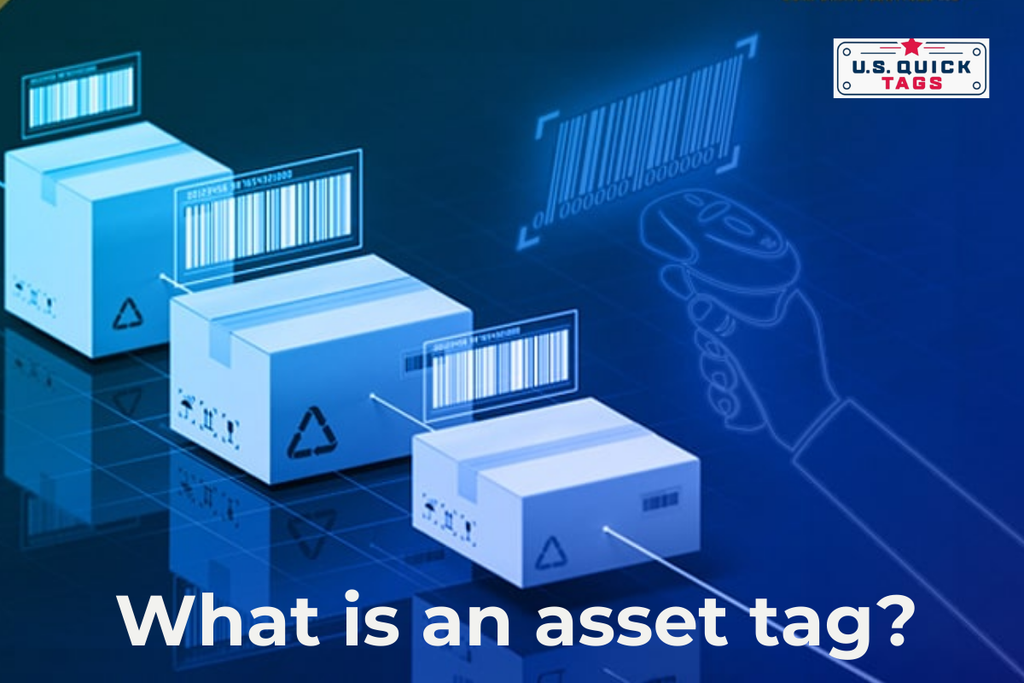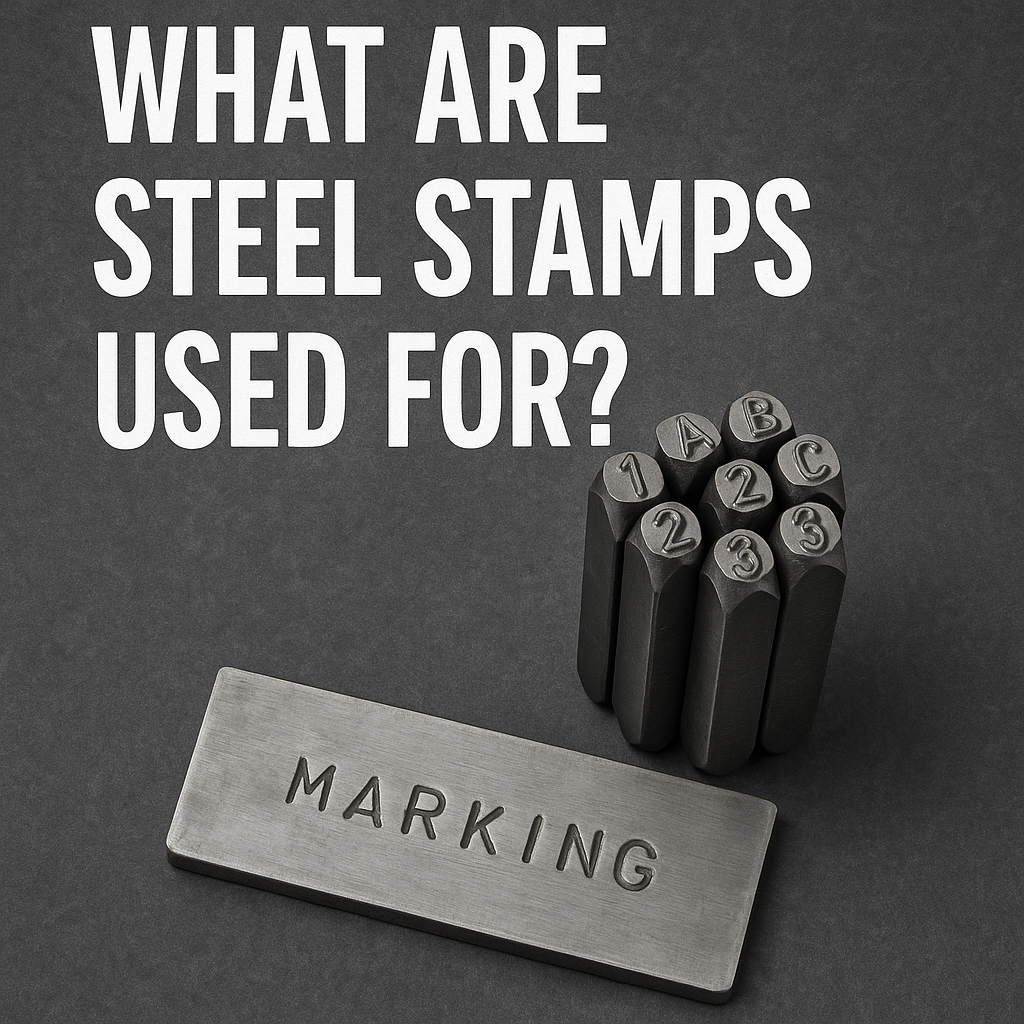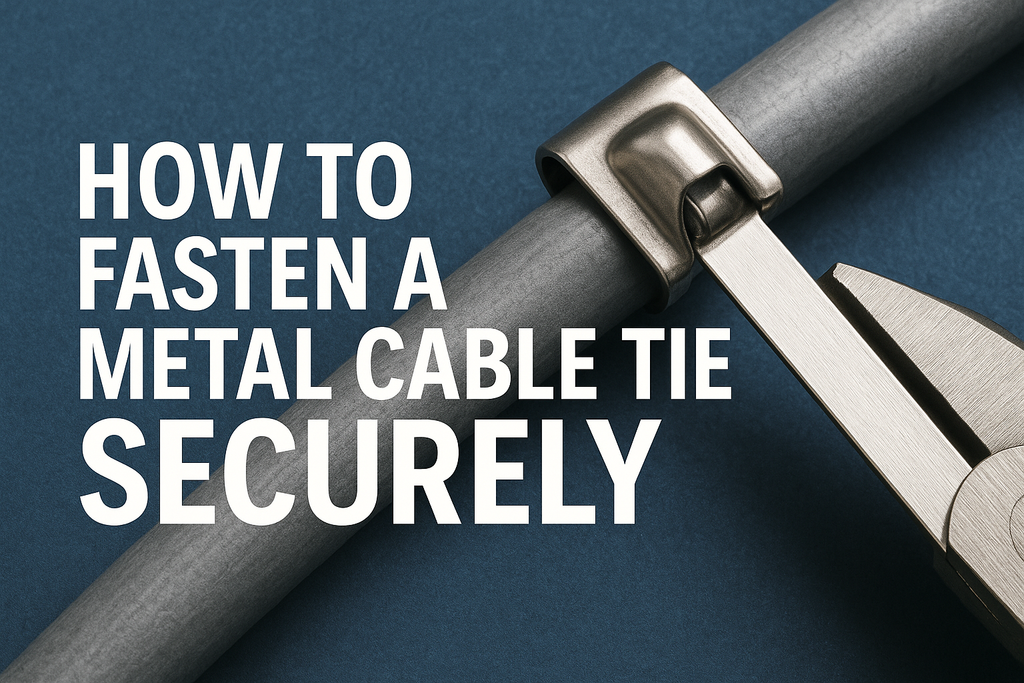Why Are Flat Tags Important for Embossing Machines?
- USQuickBlogs
- 12 Feb, 2020
Blank metal tags are used in conjunction with auto-feed embossing machines to produce a durable and prominently marked form of metal identification.
To ensure auto-feed embossing machines function properly, the blank tags fed into the machine must be flat. Flat tags prevent a slew of potential issues with the embossing process.
Any significant deviation from the flat tag can jam the machine, or cause damage to the material.
Marking Process
Embossing Machines
Embossing machines are one of the most popular methods for organizations marking tags in-house. Marking tags in-house can speed up operations and manufacturing process and eliminate lead times for custom marked plates from a third party.
This type of machine typically uses an auto-feed style loader. Blank metal tags are loaded into a hopper, which the machine pulls in to mark. In order to function properly, these devices require the use of flat blank tags. The tags must also be within the size limit for the specific machine. Most embossing devices provide guidelines on the tag dimensions it supports.
Automatic embossing machines mark each tag one at a time. This allows for the addition of variable or sequential information to the blanks. Each tag is positioned and embossed character by character. The device is fitted with a gamut of stamping heads to strike with. Keep in mind, this limits the level of customization to a specific font, and only standard letters and numbers.
After the blank is done being marked, it is kicked out into a collection bin which keeps the tags in the correct order. This ensures the now marked tags are not jumbled together.
Why Use Flat Tags?
If the tags used in an embossing machine are not flat, it can be the source of major production problems. The embossing machine or feeder can easily jam.
Best case scenario: the tags can be un-jammed and it just causes a slowdown. Worst case scenario: the machine can be damaged, required repairs or other unavoidable maintenance.
This can be extremely costly and cause shutdowns of manufacturing and other processes.

In addition, the blank material being marked can undergo extreme stresses, causing bends, crooked tags, and other damage. The embossing on the tags may become misaligned or uneven, forcing the tag to be thrown out.
Wasting the blanks is not only costly in material costs but also the amount of time which goes into running the machine.
Flat Tags
When ordering flat metal tags, it is crucial to do your research and communicate with your manufacturer. Specifying that the tags must be produced to flat specifications will prevent any potential errors.
In addition, the metal material must be thin enough for the embossing process. Embossing uses a thinner tag since the material must be formed with a male/female die set.
In comparison, stamping or engraving require a much thicker material. These processes leave the final tag with a completely flat back, while embossing creates a raised back.
Wrap-Up
Variable data embossing machines provide an effective and efficient method for marking blank tags in-house. Utilizing flat tags keeps the machine running as effectively as possible. This helps to prevent any potential jams, breaks, or other issues.






